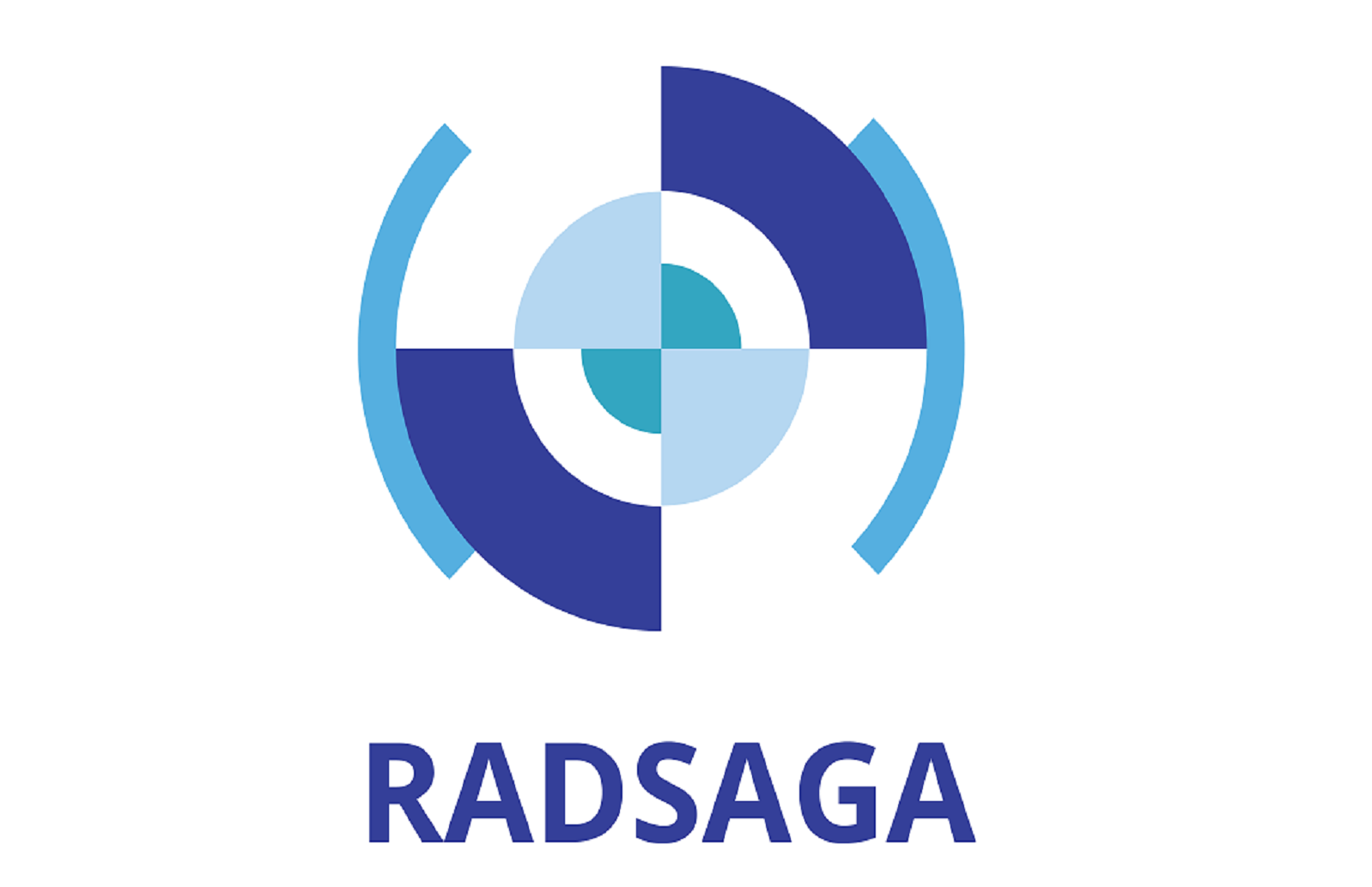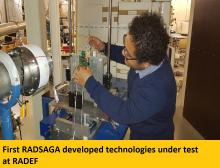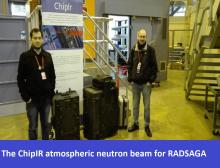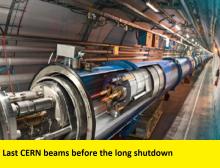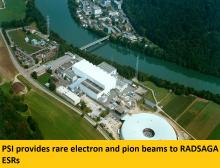RADSAGA News

The VESPER facility at CERN can be used for characterization of electronics to be used in the Jovian environment. RADSAGA is currently exploring new ways on how to use the facility. Experiments held by Vanessa Wyrwoll (ESR4) with medical detectors will benefit both the radiation to electronics effects domain and the medical physics field.

The Centro Nacional de Aceleradores in Seville, Spain, hosted RADSAGA for a full week on May 13-17, 2019. The main scope of the experiments were low energy protons and their impact on upset rates of state-of-the-art commercial CMOS based SRAMs. A special radiation monitor, based as well on SRAM, and developed within the RADSAGA project was also put in the beam and showed a wide range of responses according to the core voltage supplied.
Find out more about RADSAGA in our outreach video!
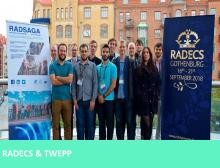
From September 17th to September 21st, two mainstream conferences were held: RADECS in Gothenburg, Sweden and TWEPP in Antwerp, Belgium. Fortunately, RADSAGA has enough ESRs to attend both conferences despite time superpositions. 10 ESRs participated to RADECS and 2 of them could present their posters. RADSAGA also brought a vital contribution to the CERN booth in the Industrial Exhibition. 3 ESRs participated to TWEPP and held a RADSAGA booth there.
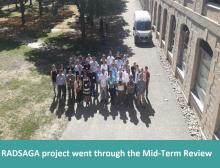
18 Months after the official kick-off of the RADSAGA project, the European Commission held a Mid-Term Review during the Saint Etienne Summer School on Tuesday September 11th. Beneficiaries, partners and, of course, students coming from all over Europe explained their role in this consortium, their aim of their research and the benefits of their outcomes on society.
